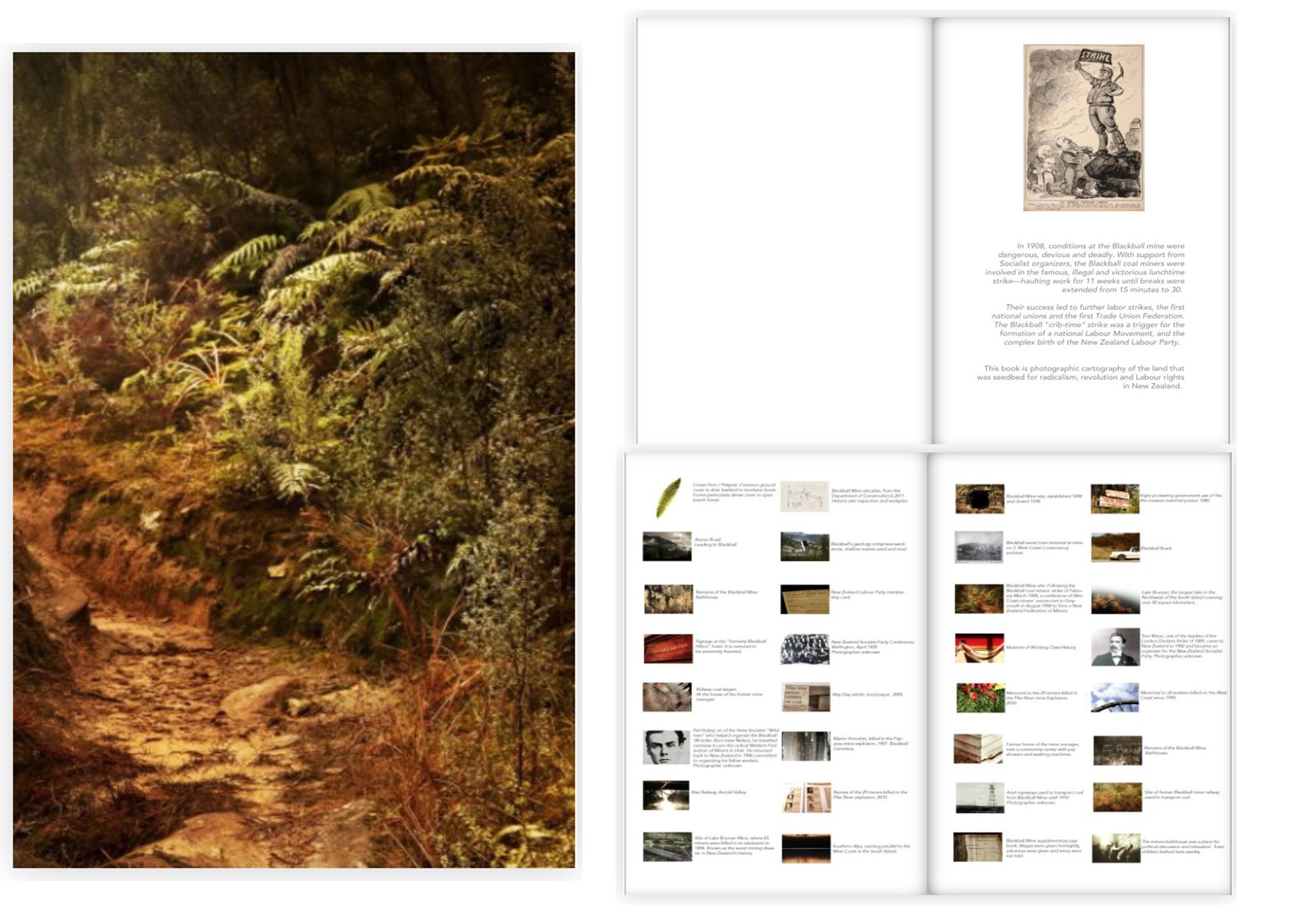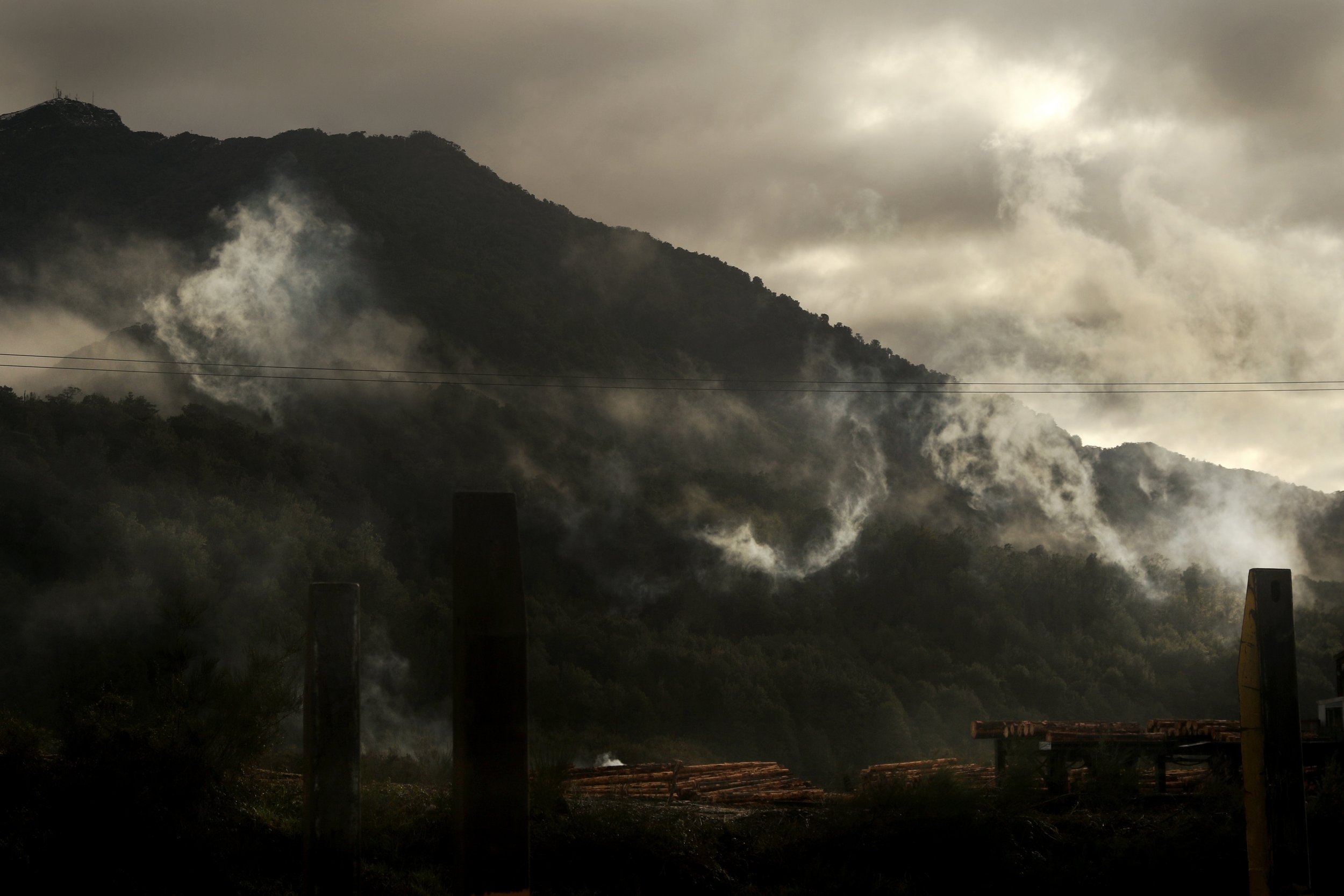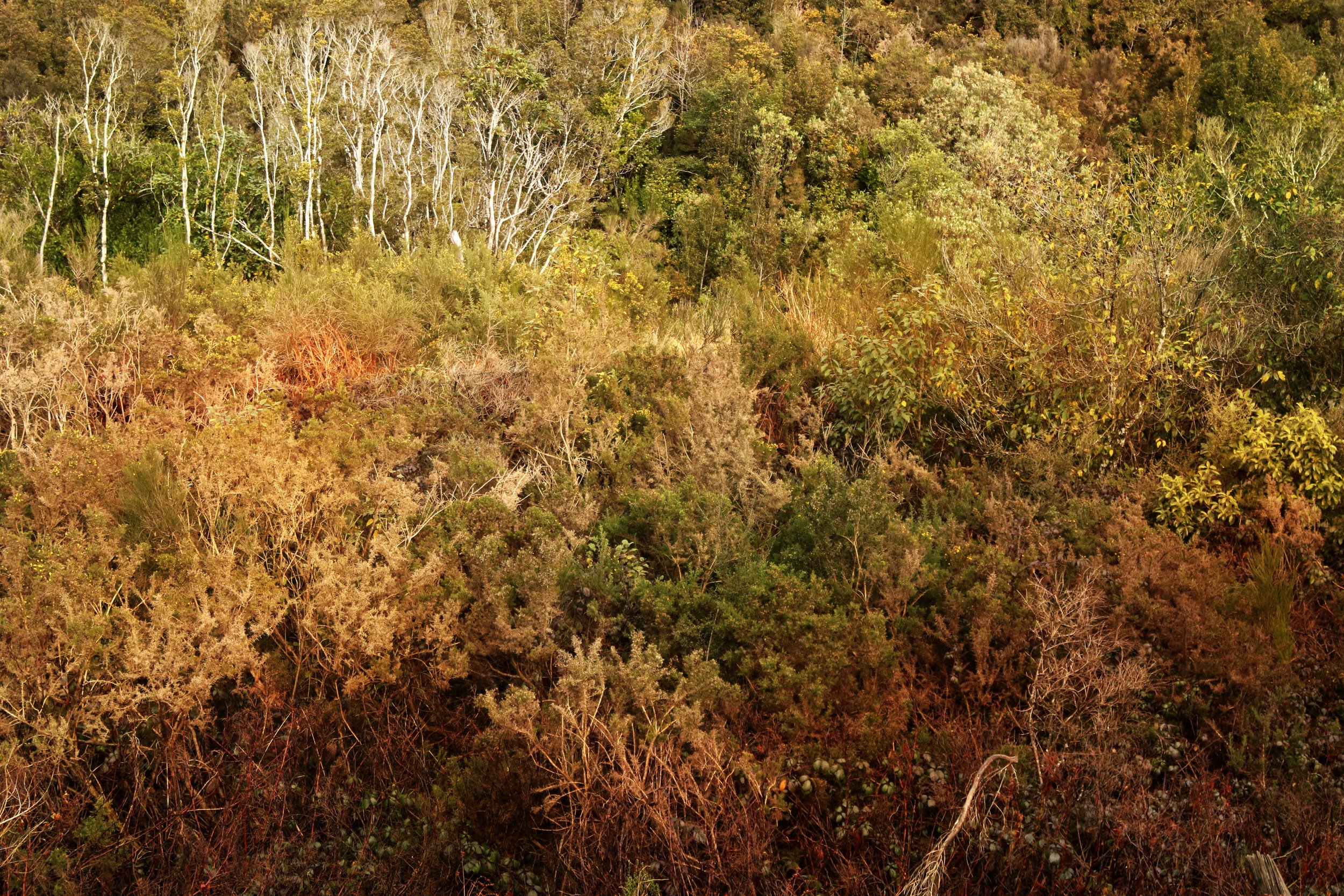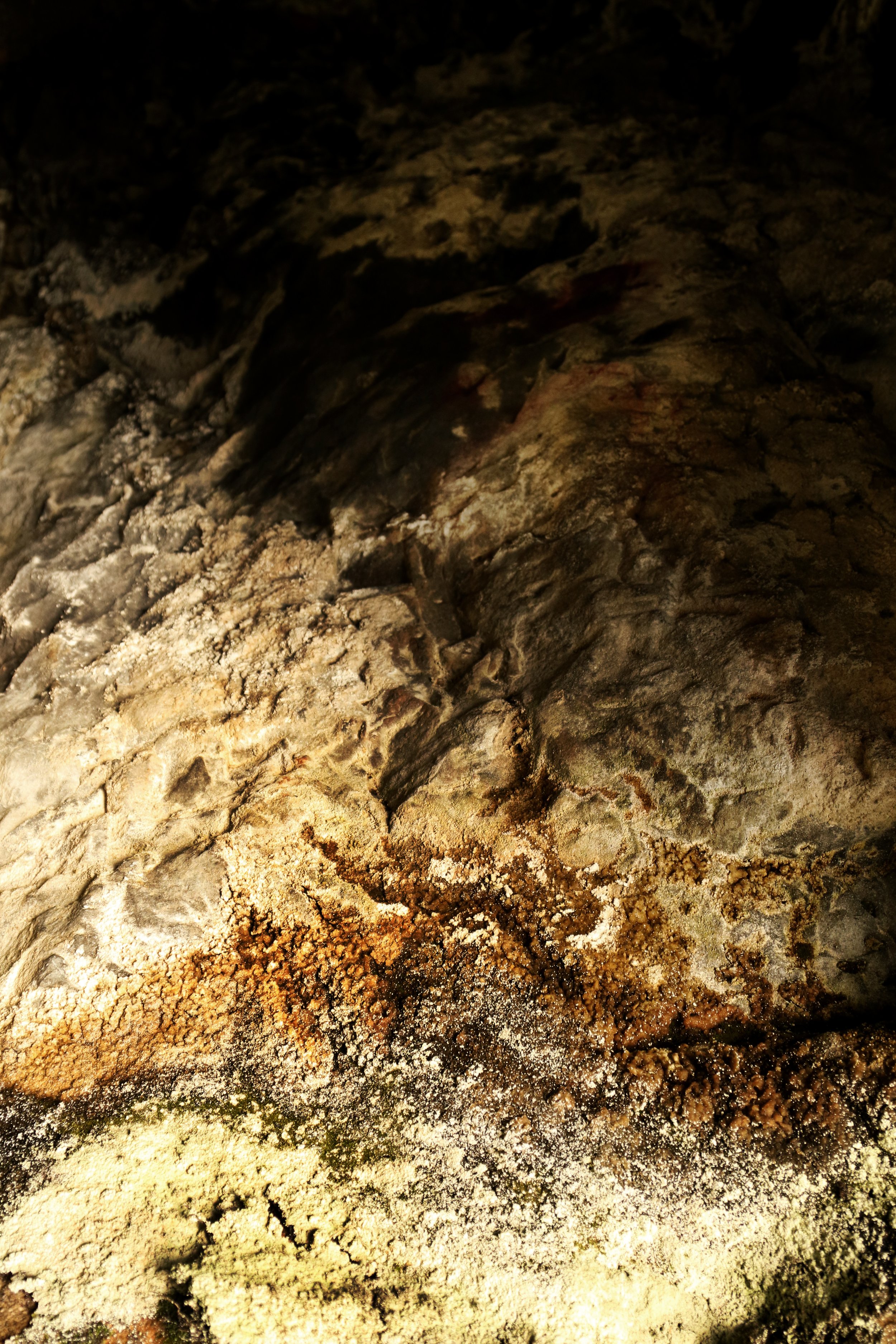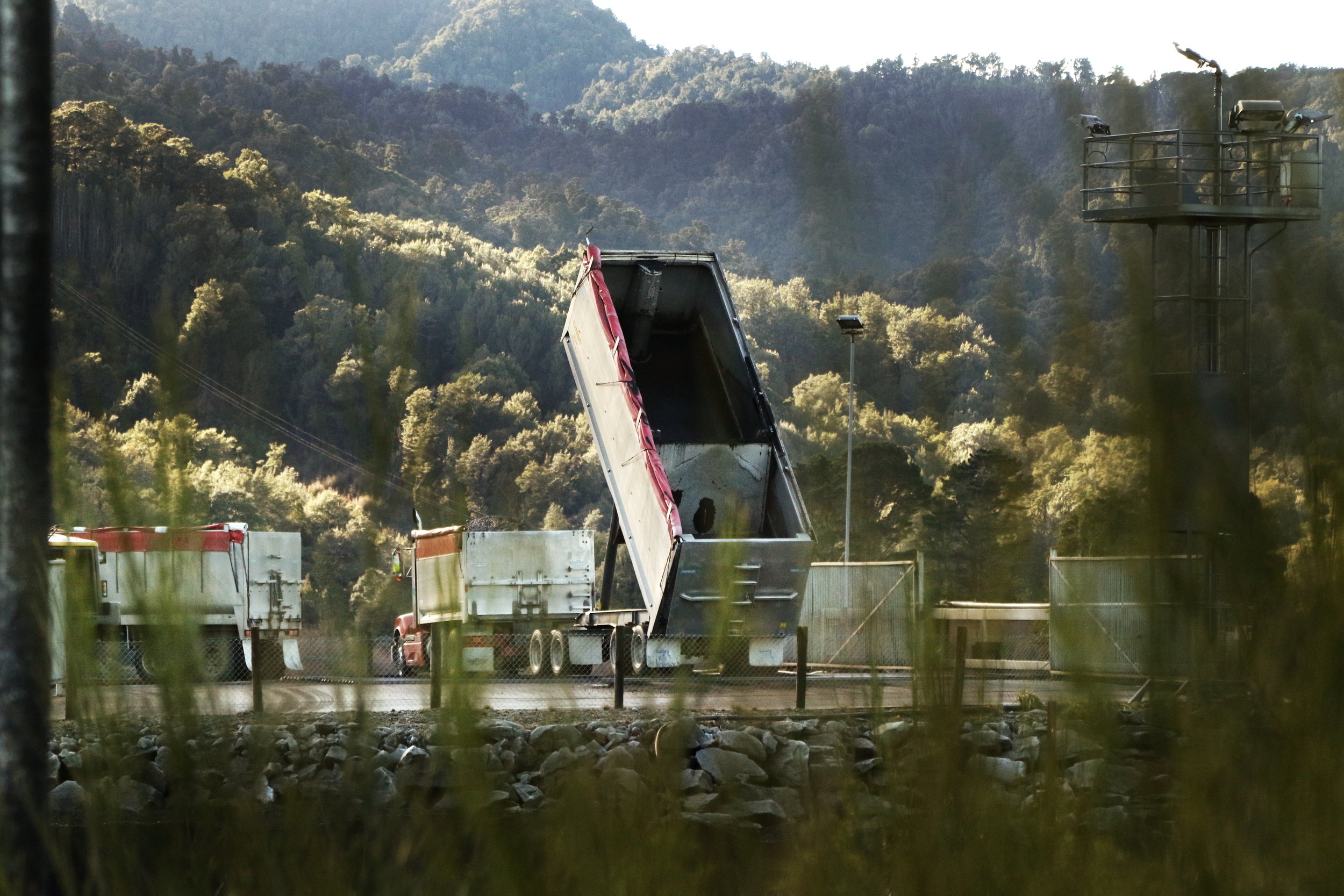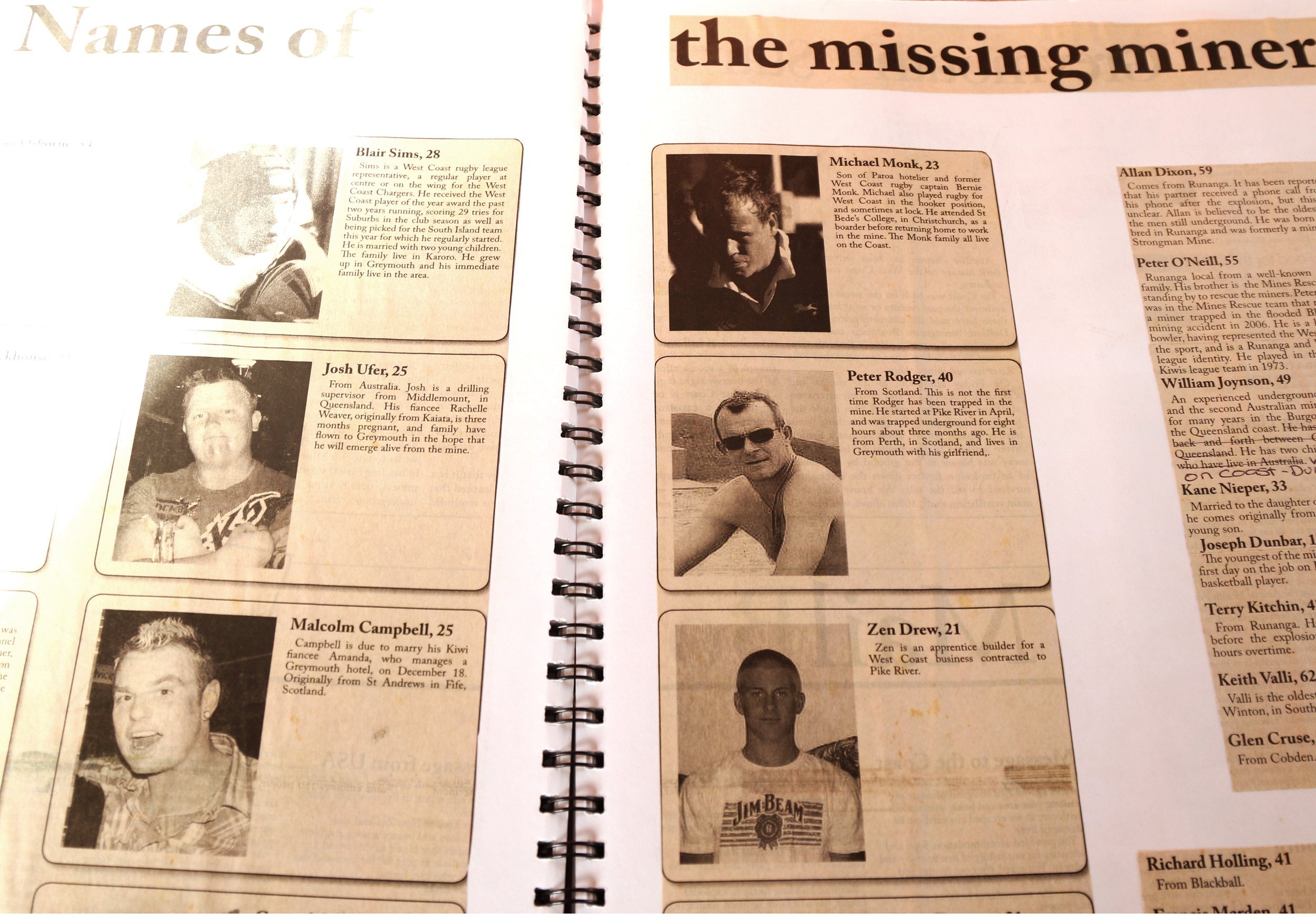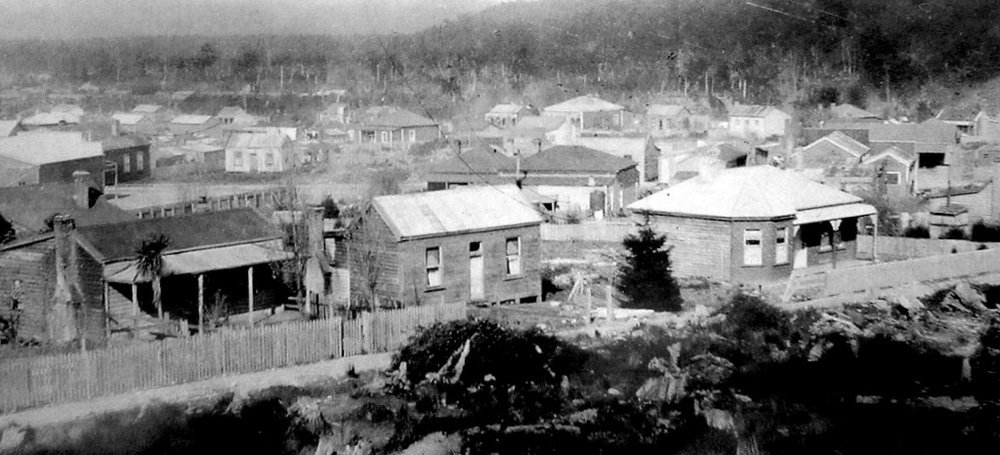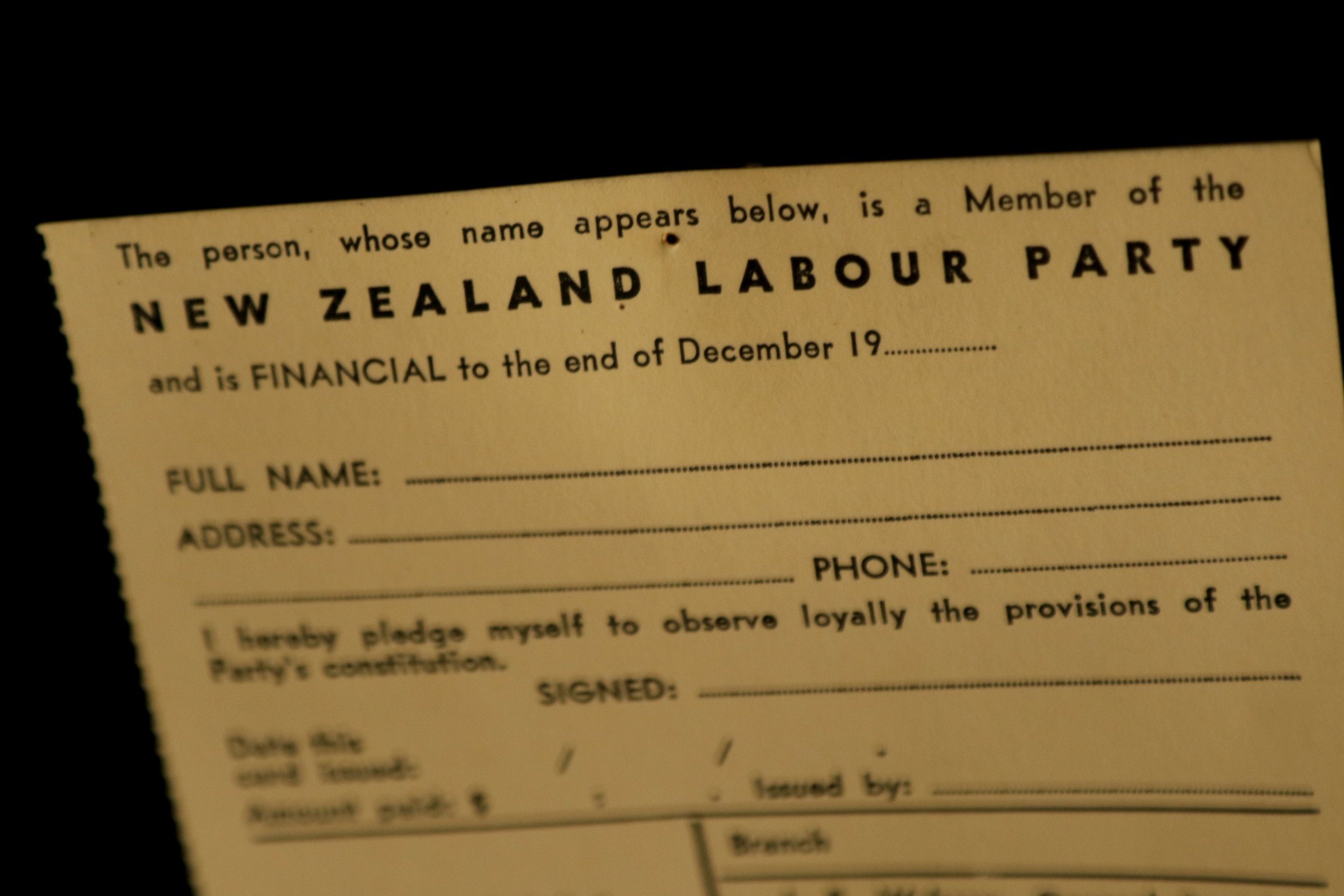
2018
Softbound book
BLACKBALL ‘08 // Photographic cartography of radicalism, revolution, and the birth of the Labour party in New Zealand
In 1908, conditions at the Blackball mine were dangerous, devious and deadly. With support from the local Socialist party’s “Wildmen” and the newly-created miners union, the Blackball coal miners were involved in the famous, illegal and victorious lunchtime strike, haulting work for 11 weeks until breaks were extended from 15 minutes to 30. Their success led to further labor strikes, the formation of a national trade union movement and a period of national workers’ militancy and labor organizing the Socialist fervor was tampered down in its infancy by an employer / state backlash against labor along with the onset of World War One.
From the ruins emerged the New Zealand Labour party which took power in 1935 in partnership with the Maori Ratana Party ten years after the headquarters of the Communist Party of New Zealand moved to Blackball from Wellington. Together, Labour and Ratana introduced infrastructure for social democracy in New Zealand, including a welfare system, public health and education system and public radio. After a nine-year governmental run by the right wing National Party, Labour’s Jacinda Ardern—elected Oct. 2017—serves as the country’s 40th prime minister.
Crown Fern / Petipeti. Common ground cover in drier lowland to montane forest. Forms particularly dense cover in open beech forest.
Atarau Road. Leading to Blackball.
Museum of Working Class History.
May Day article, local paper, 2005.
Blackball mine site, established 1898 and closed 1938.
Pat Hickey, one of the three socialist "Wildmen" who helped organized the Blackball '09 strike. Born near Nelson, he travelled overseas to join the radical Western Federation of Miners in Utah. He returned back to New Zealand in 1906 committed to organizing his fellow workers. Photographer unknown.
Memorial to the 29 miners killed in the Pike River mine explosion, 2010.
Memorial to all workers killed on the West Coast since 1990.
New Zealand Labour Party membership card.
Blackball mine supplementary playbook. Wages were given fortnightly, advances were given and wives were not told.
Martin Horrobin, killed in the Paparoa mine explosion, 1907. Blackball Cemetery.
Railway coal wagon. At the house of the former mine manager.
Site of Blackball mine railway used to transport coal.
The miners' bathhouse was a place for political discussion and relaxation. Town children bathed here weekly. Photographer unknown.
Remains of the Blackball mine bathhouse.
Blackball mine site, established 1898 and closed 1938.
Blackball's geology comprises sandstone, shallow marine sand, and mud.
Signage at the "formerly Blackball Hilton" hotel. It is rumored to be extremely haunted.
Signs protesting government use of the invasive mammal poison 1080.
New Zealand Socialist Party Conference, Wellington, April 1909. Photographer unknown.
Ariel ropeways used to transport coal from the Blackball mine until 1910. Photographer unknown.
Names and photos of the 29 miners killed in the Pike River explosion, 2010.
Blackball mine site. Following the Blackball coal miner's strike February-March 1908, a conference of West Coast miners' unions met in Greymouth August 1908 to form the New Zealand Federation of Miners.
Blackball mine site, established 1898 and closed 1938.
Former home of the mine manager, now a community center with pay showers and washing machines.
Blackball Road.
Southern Alps, running parallel to the West Coast on the South Island.
Lake Brunner, the largest lake in the Northwest of the South Island covering over 40 square kilometers.
Tom Mann, one of the leaders of the London Dockers Strike of 1889. Came to NZ in 1902 and became an organizer for the New Zealand Socialist Party. Photographer unknown.
Site of Lake Brunner mine, where 65 miners were killed in an explosion in 1896. Known as the worst mining disaster in New Zealand's history.
Kiwi Railway, Arnold Valley.
Highway 6, West Coast.
Soft Tree Fern / Katie. A common fern in forests throughout the West Coast. Retains a skirt of dead frond midribs.
Blackball ariell tram terminal at mine no.3. West Coast Conservancy archives.

